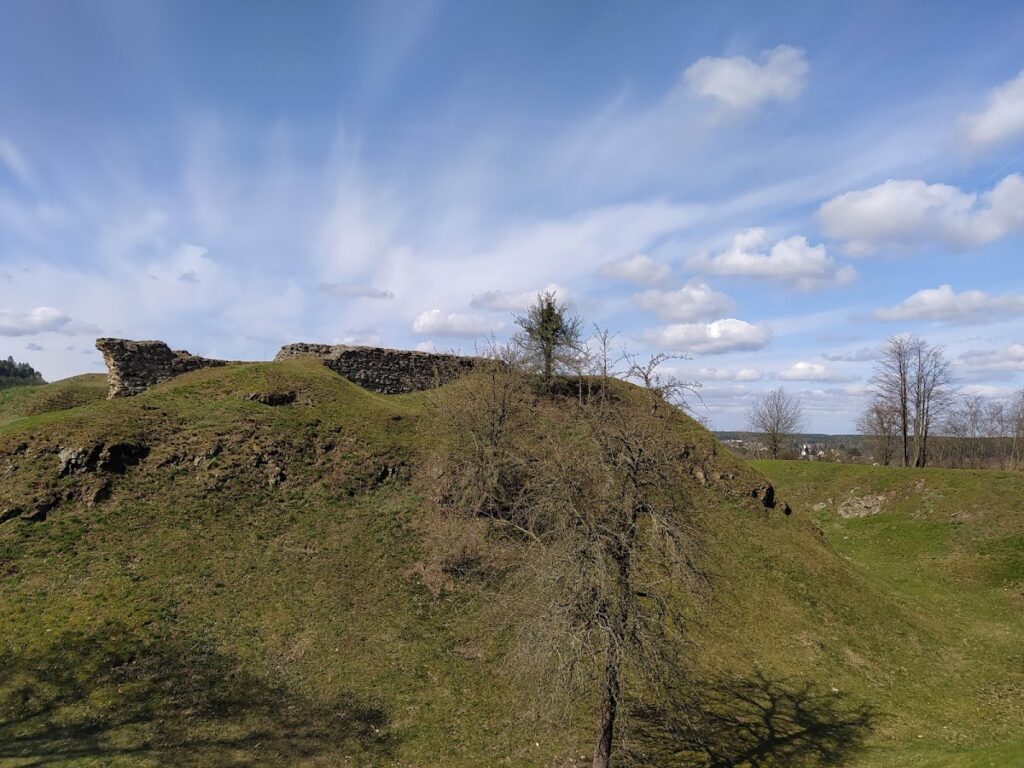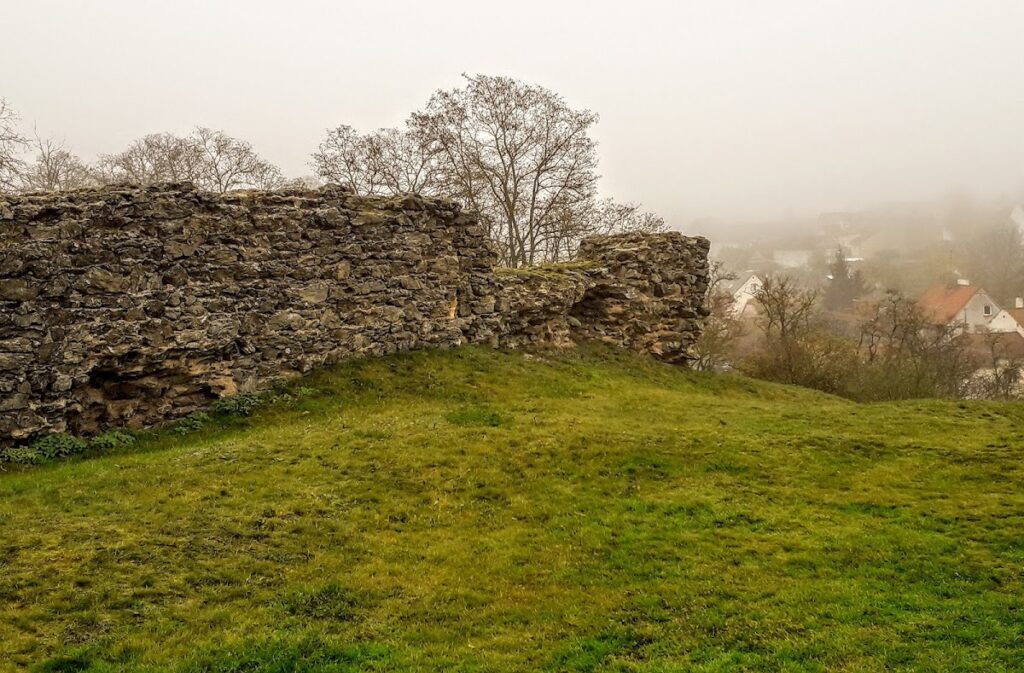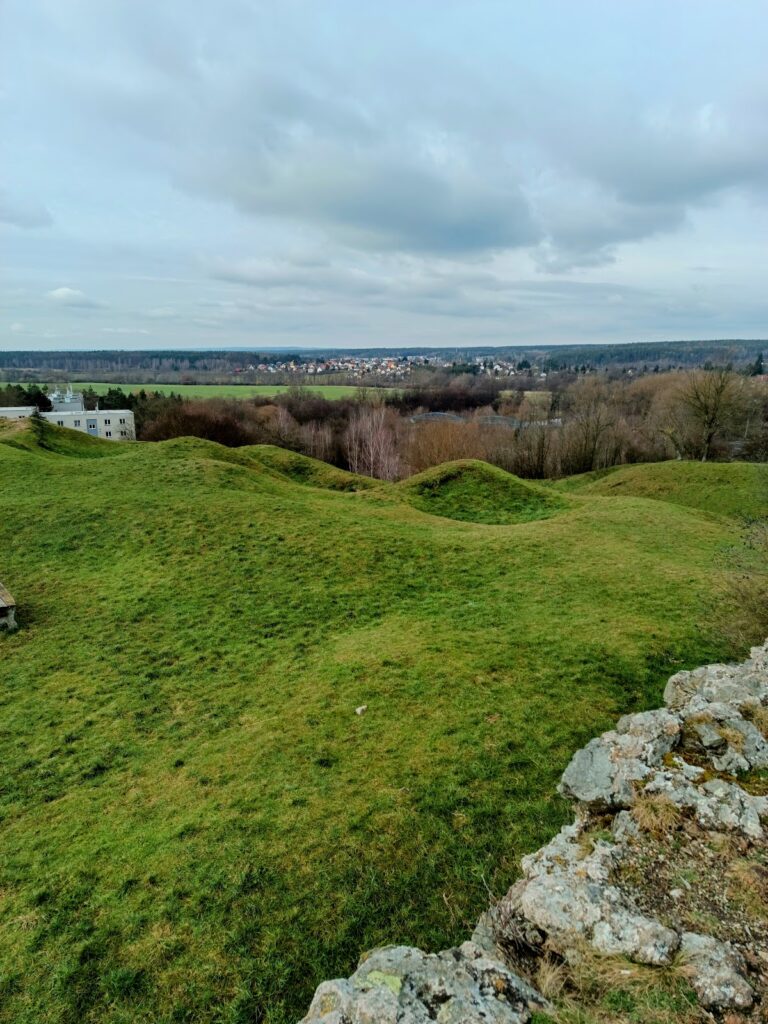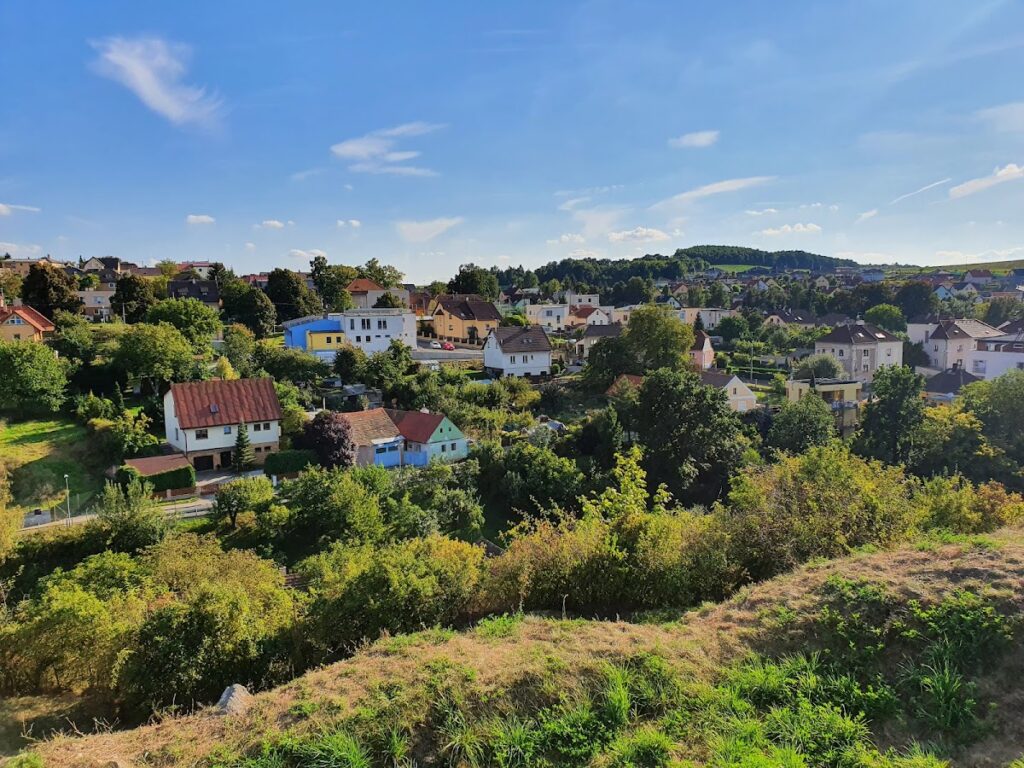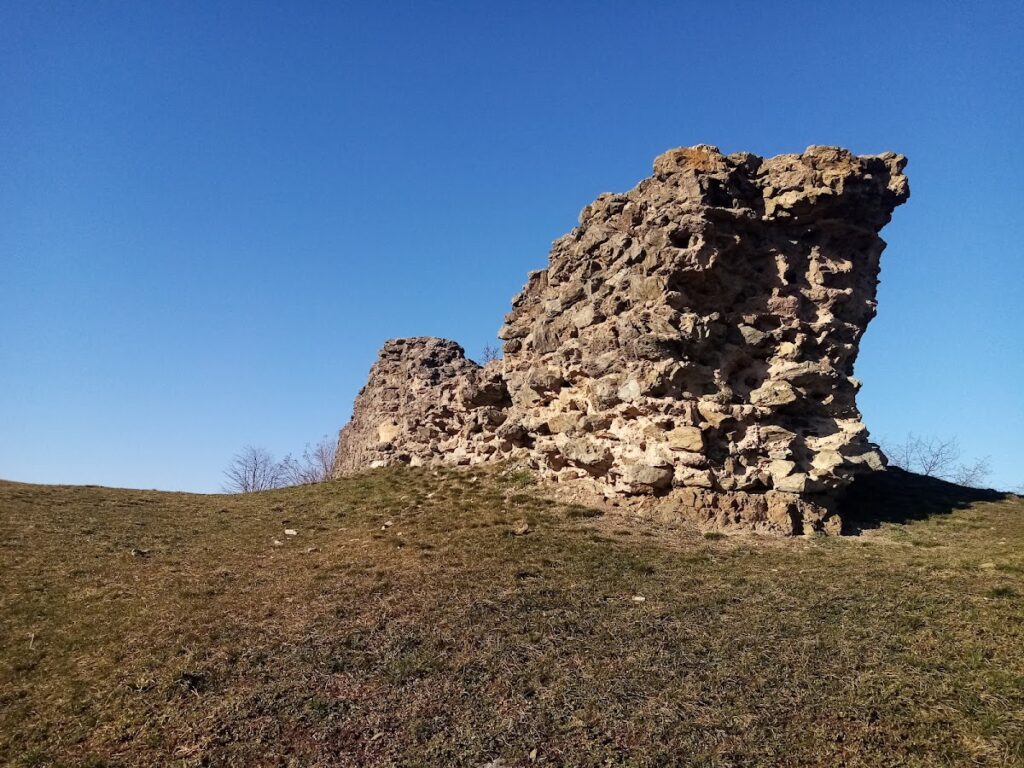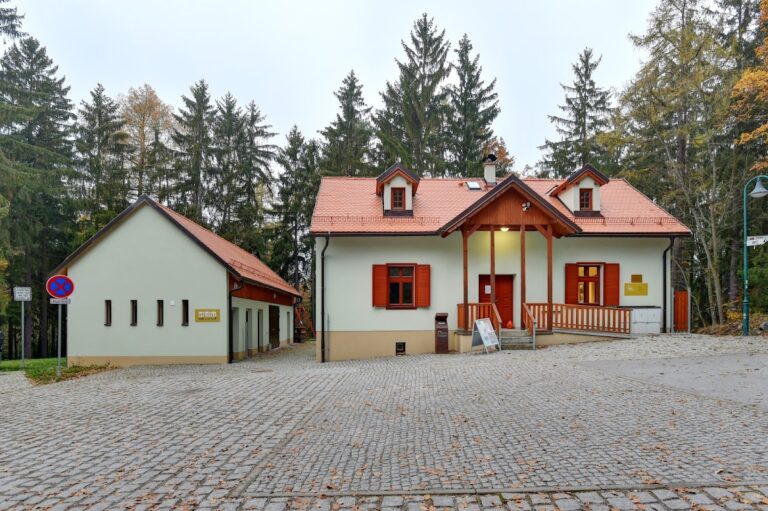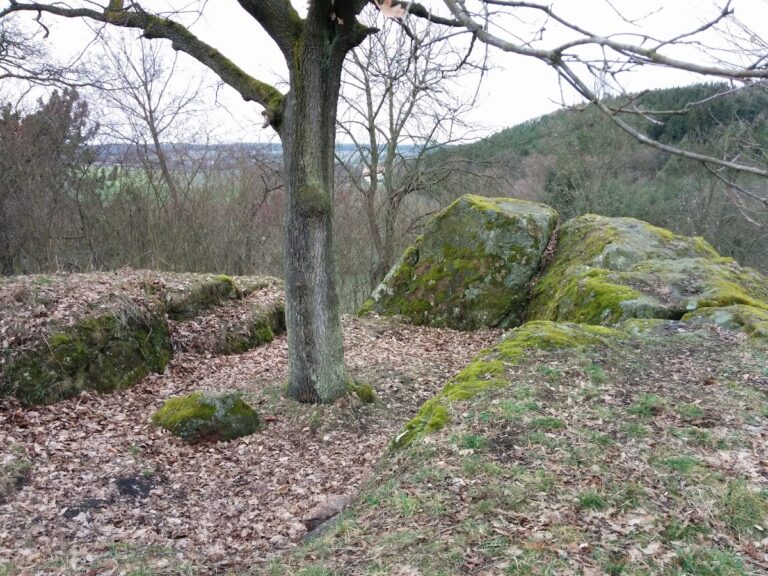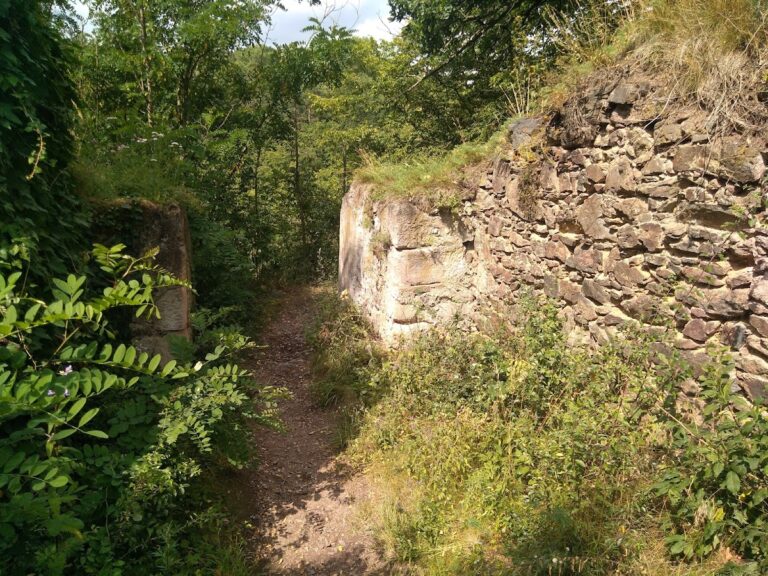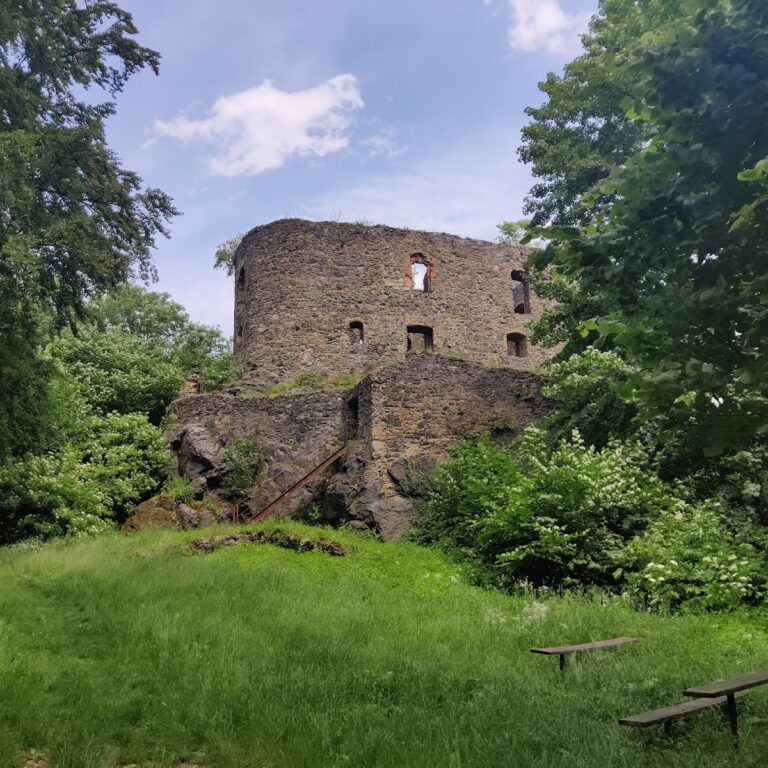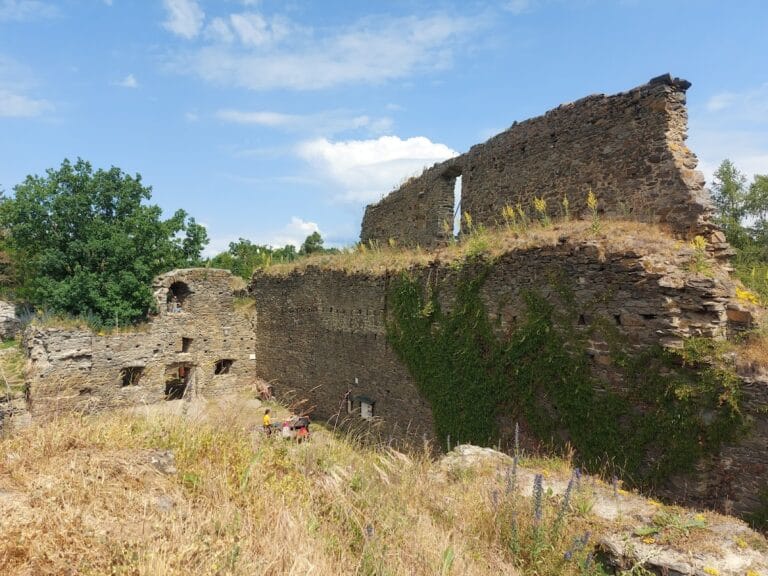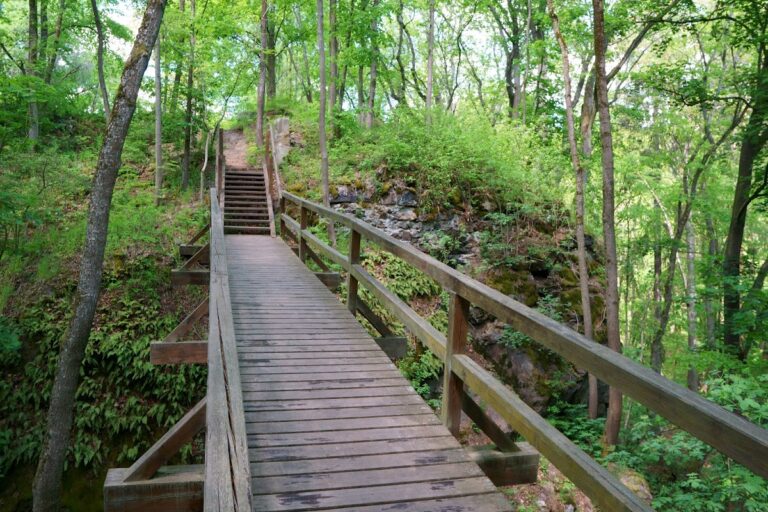Castle Litice: A Medieval Fortress near Plzeň, Czech Republic
Visitor Information
Google Rating: 4.5
Popularity: Low
Google Maps: View on Google Maps
Country: Czechia
Civilization: Unclassified
Remains: Military
History
Castle Litice is located near the municipality of Plzeň in the Czech Republic. The site’s earliest known inhabitants belonged to prehistoric communities, with a hilltop settlement dating back to the Eneolithic period, connected to the Schussenried and Chams cultures.
During the Late Bronze Age, the area developed into a fortified settlement, known as a hillfort, which endured until the close of the Hallstatt period. This early fortification was likely dismantled or destroyed during the later construction of the medieval castle.
In the early 13th century, the Drslavic family, influential regional officials associated with Plzeň Castle, probably established the first wooden stronghold on the site. Oldřich of Litice is recorded in 1212 and may have lived in a manor house in the village before the wooden castle was built.
By the mid-13th century, the wooden structure was replaced by a stone fortress centered around a massive defensive tower typical of a bergfried, making Castle Litice one of the earliest noble castles in Bohemia. Ownership changed over time, including a period starting in 1304 when King Wenceslaus II acquired half of the castle. In 1318, the fortress was seized by forces loyal to John of Luxembourg following opposition from its then-owners, Rous and Racek.
In 1367, facing financial difficulties, the owners sold the castle and the adjacent village to the Premonstratensian monks of Chotěšov monastery. The monks leased the property to various tenants, maintaining control over the estate but ultimately abandoning the castle itself after the Hussite Wars in the early 15th century.
Following the dissolution of the monastery in 1782 under Emperor Joseph II’s reforms, the castle site became part of the Religious Fund. In 1822, Prince Karel Alexandr Thurn-Taxis purchased the former monastic estate, including Castle Litice. By the 1840s, the castle ruins were dismantled, and the stones were repurposed for constructing village houses nearby.
Remains
Castle Litice was situated on a promontory above where the Litický stream meets the Radbuza River, a strategic location occupied since at least the 12th century. The castle’s layout reflects typical medieval defensive planning, featuring a stone fortress with a central bergfried—a tall, thick-walled tower serving as a final line of defense.
Surrounding the main stronghold, a bailey (an enclosed courtyard) was protected by an earthen rampart and a double moat system. The moat separating the inner castle from the outer areas measured approximately 10 meters in depth and 30 meters across, underlining the emphasis on defense.
Today, only portions of the eastern walls remain visible alongside the deep moat. These remnants stand as ruins and have been recognized as a cultural monument by the Czech Republic. The stones once forming the castle now contribute to local village structures, a testament to the site’s long history and changing fortunes.
